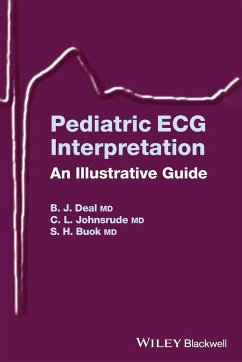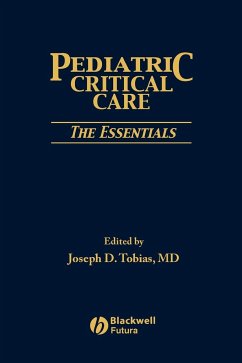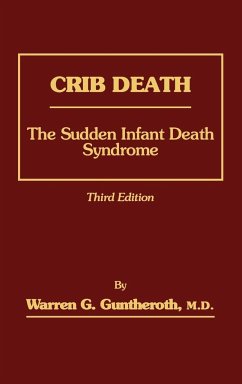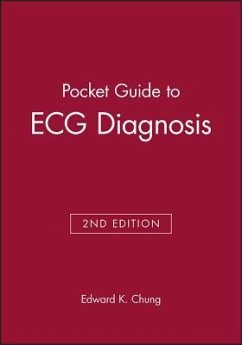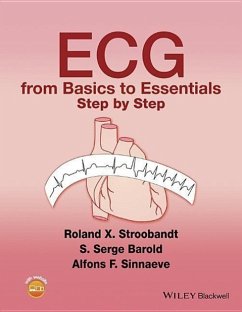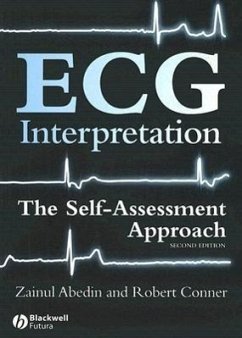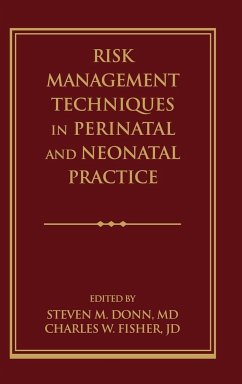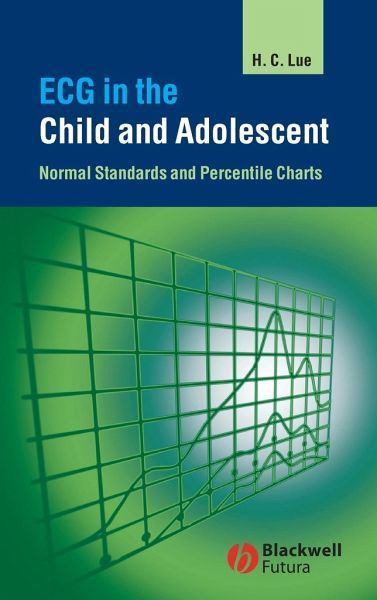
ECG in the Child and Adolescen

PAYBACK Punkte
31 °P sammeln!
Compiled from electrocardiographic data on more than 1,800 normal newborns, infants, children, and adolescents, this convenient reference gives you fast access to the limits of normality so that data from an individual patient can be quickly interpreted in terms of comparison to the general population. ECGs in the Child and Adolescent presents, by age: * Heart Rate, P-QRS-T interval and duration * Frontal plane P-QRS-T axis * P-QRS-T amplitude * Calculated values on RS amplitude and ventricular activation time Save time and effort by keeping this authoritative guide close at hand.



